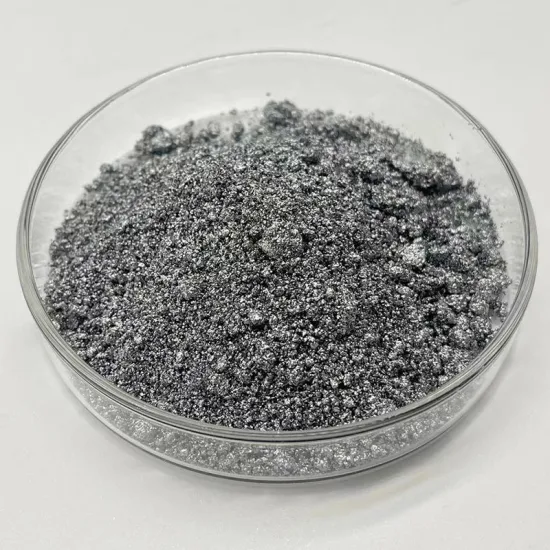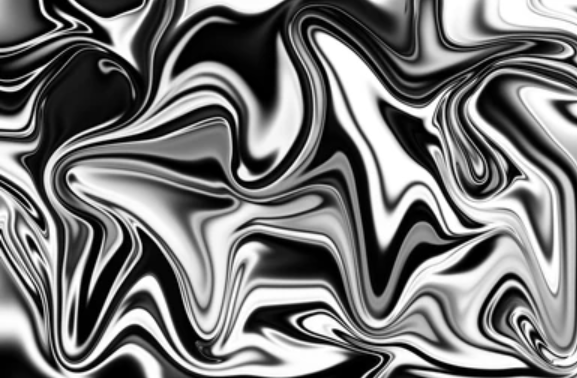The Luminous World of Aluminium Pigment: A Comprehensive Exploration
In the dynamic realm of modern manufacturing and artistry, aluminium pigment emerges as a radiant star, captivating diverse industries and creators with its versatility and brilliance. Composed of finely divided aluminium particles, this exceptional material is celebrated for its outstanding reflectivity, transforming products into luminescent masterpieces. From automotive coatings to cosmetics, the significance of aluminium pigment resonates across various sectors, making it a pivotal component in today’s creative and manufacturing processes.

What is Aluminium Pigment?
At its core, aluminium pigment is a remarkable material composed of finely divided aluminium particles. Its defining feature is its extraordinary reflective property, imparting a distinctive metallic lustre to the products it enhances. First synthesized in the early 20th century, aluminium pigment has undergone significant advancements in production techniques, becoming a key component in industries and serving as red pigment.
Properties of Aluminium Pigment
- Reflectivity: The standout feature of aluminium pigment is its exceptional reflectivity, creating a striking, metallic sheen on surfaces.
- Particle Size and Shape: Crucial factors influencing performance, the size and shape of aluminium pigment particles impact appearance and functionality.
- Composition: Primarily consisting of pure aluminium, ensuring reflective and durable characteristics for various applications.

Types of Aluminium Pigment
- Leafing vs. Non-leafing: Classifications affecting appearance and functionality in coatings and inks.
- Flake vs. Powder: Choosing between flat, plate-like structure (flake) and finely milled (powder) based on application needs.
Applications of Aluminium Pigment: Leveraging the Benefits
1. Paint and Coatings Industry:
- Automotive Coatings: Providing a brilliant, mirror-like finish and heat reflection for enhanced durability.
- Architectural Coatings: Adding weather-resistant elegance to buildings and infrastructure.
- Industrial Coatings: Valued for corrosion resistance and visibility enhancement in challenging environments.
2. Printing Inks:
- Enhancing visual appeal and lightfastness in packaging, advertising, and decorative printing.
3. Plastics:
- Elevating the appearance of plastic products with a metallic finish.
- Contributing to heat management in applications like electronic enclosures.
4. Cosmetics:
- Providing shimmer and shine in makeup products for an elegant appearance.
- Ensuring long-lasting effects for makeup throughout the day.
5. Specialty Applications:
- Used in fireworks for brilliant sparks and reflective materials for safety purposes.
- Adding a luxurious element to packaging, deterring counterfeiting.
Advantages and Disadvantages of Aluminium Pigment
Advantages:
- Outstanding Reflectivity: Imparting a brilliant, metallic sheen for enhanced visual appeal.
- Heat Management: Reflecting heat in applications where temperature control is crucial.
- Corrosion Resistance: Exhibiting excellent resistance for outdoor applications.
- Longevity: Maintaining appearance and performance over time.
- Versatility: Adaptable and suitable for various industries.
Conclusion
This comprehensive guide unveils the diverse world of aluminium pigment, a luminary in modern manufacturing. From its rich history to widespread applications, its exceptional properties make it an invaluable asset. As chemical importers worldwide continue to source and distribute this remarkable pigment, its role in shaping and enhancing countless products and creative endeavors remains indispensable.
